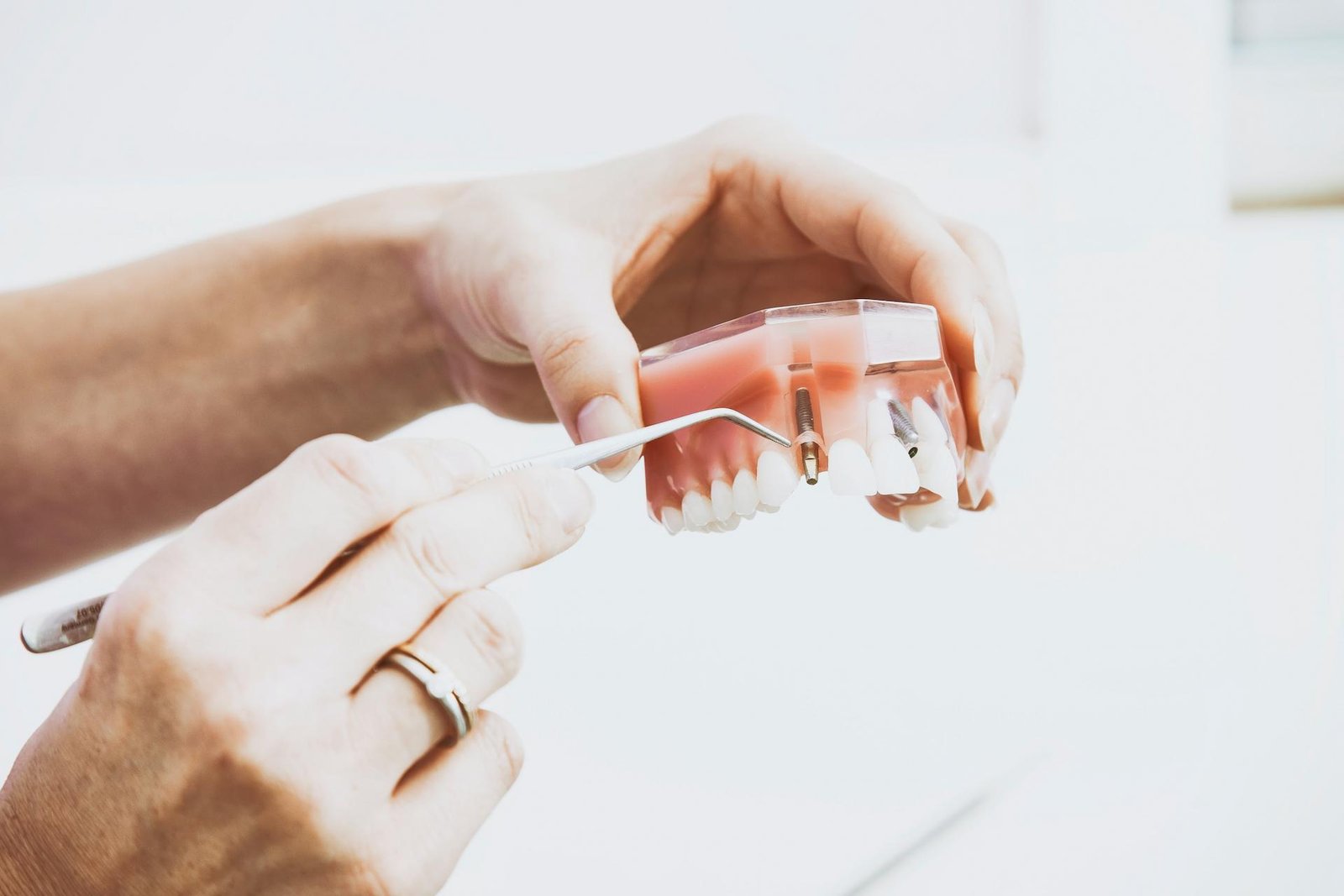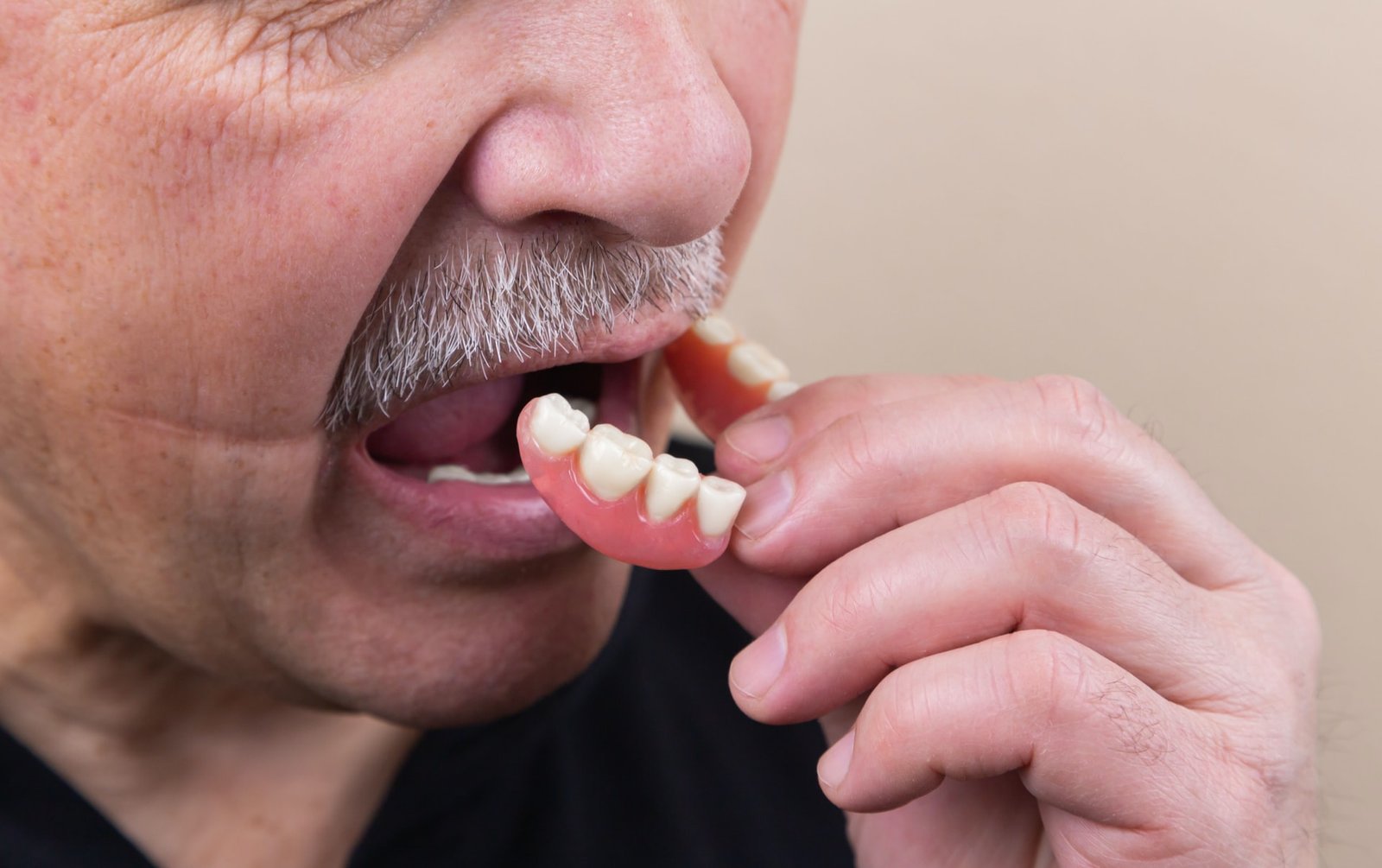Dental implants provide a stable foundation for missing teeth. They are prostheses that are inserted into the jawbone. The fixture is inserted in the jawbone and will heal to the bone after about six months. After the healing process, the cosmetic dentist places the dental crown on the fixture. According to a group of dentists performing dental implants in Vancouver, unlike dentures or dental bridges, an implanted tooth acts as a natural tooth because it is fixed in the jawbone. So that brushing and flossing and daily care are more easily than other tooth replacement options.
Dental Implants vs. Dental Bridges
In the case of the bridge, the adjacent teeth are shaved in order to provide stable support for the dental bridge. Then a prosthesis is placed on them. So that the gap caused by the missing tooth is filled; however, as there is no stimulation in the jawbone, jaw bone loss will occur. But in the case of the dental implant, the implant fixture is inserted in the jawbone and stimulates it. In other words, it preserves the jawbone and prevents bone loss. Therefore, dental bridges should be replaced after some years, while dental implants last for a lifelong if they properly care for.
Dental Implants vs. Dentures
Dentures are removable tooth replacement options that should be removed every night and for brushing. Like dental bridges, dentures cause jawbone loss because they are not involved with the jawbone tissues. Moreover, the patient should remove his denture and put it in a glass of water before bedtime in order to keep it moist. However, dental implants are fixed, and there is no need for replacement. Dentures start to loosen and make eating and speaking difficult. It should be noted that the appearance and the color of implants are similar to the patient’s natural teeth. So, nobody can understand that you have dental implants in your mouth.
Implant-Supported Bridge
The patient may miss three or more adjacent teeth due to trauma, injuries, accidents, and more. In this case, the dentist may offer implant-supported or multiple dental implants to the patient. This tooth replacement option requires two fixtures and a dental bridge that is placed over them. So, there is no need to insert three or more fixtures. It is more cost-effective.
Bone Grafting Before Dental Implants
One of the essential things to consider before dental implant surgery is that the patient has sufficient bone in his or her jawbone. If there is insufficient bone in the gum tissue, the dentist may perform bone grafting. In this case, grafting materials are placed in the hole made in the gum to increase its volume. The grafting materials can be taken from the patient’s own body, other people’s tibia or the hip, and animals, especially cows. It can also be industrial material. Once the bone is dense in volume, the dentist will insert the implant fixture in the hole. After six months, the abutment is placed on the fixture, and then the crown or prosthesis is placed over it. From now on, the patient can smile with confidence.




